Table of Contents

Key Takeaways
- UK property trusts can significantly reduce inheritance tax on your estate, with the potential to save thousands.
- Choosing the right type of trust is crucial for asset protection, especially against long-term care costs.
- Setting up a trust involves selecting trustworthy trustees and understanding the legal responsibilities involved.
- Real-life examples show how effective trusts can be for preserving wealth across generations.
- Regular reviews and updates of your trust are essential to ensure compliance with evolving UK tax laws.
Maximizing Your Wealth: The Power of UK Property Trusts
When it comes to safeguarding your hard-earned wealth, few strategies are as effective as setting up a UK property trust. These legal structures not only provide robust asset protection but also offer significant tax benefits. In this guide, we’ll explore how you can use property trusts to ensure your wealth works for you—and not the taxman.
The Essentials of UK Property Trusts
At its core, a property trust is a legal arrangement where you transfer ownership of your property to trustees. They hold and manage this property on behalf of your chosen beneficiaries. It’s a smart move for several reasons. Most importantly, it separates the legal ownership of your property from the benefits of owning it, which can have huge tax advantages.
Principal Advantages: Tax Efficiency and Asset Protection
Why consider a property trust? The benefits are twofold. Firstly, you can significantly reduce the inheritance tax that your estate might owe upon your death. This is because the property in the trust is no longer part of your estate. Secondly, property trusts can shield your assets from being used to cover care costs in your later years. It’s a win-win situation, but the key is to set up the trust correctly to maximize these advantages.
The Art of Tax Efficiency in Property Trusts
Tax efficiency is the cornerstone of property trusts. By understanding the rules and potential reliefs available, you can structure your trust to minimize the tax burden on your estate. Let’s break down the major tax considerations.
Inheritance Tax Thresholds and Reliefs
Inheritance tax (IHT) can take a significant chunk out of your estate. Currently, IHT is charged at 40% on the value of your estate above the £325,000 threshold. But, if you transfer your property into a trust, it’s possible to sidestep this hefty tax. Trusts can also access reliefs like the Residence Nil Rate Band, which can further reduce the IHT due.
Capital Gains Tax Considerations for Trusts
Capital Gains Tax (CGT) is another tax that trusts can help mitigate. When property increases in value and is then sold or transferred, CGT may be due on the profit. However, with strategic planning, a trust can minimize or even eliminate CGT liabilities. It’s all about timing and the right trust structure.
Income Tax Implications for Trustees and Beneficiaries
Income generated by trust assets, like rental income from a property, is subject to income tax. But, by distributing this income to beneficiaries in lower tax brackets, the overall tax paid can be reduced. Trustees must navigate these tax implications carefully to ensure they’re acting in the best interests of the beneficiaries.
Shields Up: Protecting Your Assets with Trusts
Asset protection is another superpower of property trusts. By placing property in a trust, you can shield it from personal financial risks, such as bankruptcy or divorce settlements. Moreover, property trusts can prevent your home from being assessed for long-term care costs. This ensures that your wealth remains intact for your beneficiaries.
Understanding Asset Protection Trusts
Asset protection trusts are specifically designed to secure your property against future uncertainties. They create a legal barrier between your assets and any claims against them. This is especially important as you age and the possibility of requiring long-term care becomes more likely.
Remember, the key to unlocking the full potential of a property trust is in the details. It’s about getting the right advice and taking action early. Stay tuned for the next sections where we’ll dive deeper into setting up your trust and learning from real-life success stories.
Your Blueprint for a UK Property Trust
Creating a property trust might seem daunting, but it’s a process that can be broken down into manageable steps. Here’s your blueprint to establishing a trust that serves your needs and aligns with UK tax laws.
Step-by-Step Trust Formation Process
First, decide on the type of trust that suits your situation—whether it’s a discretionary trust, where trustees have full control over how assets are used, or a life interest trust, which can provide income for your beneficiaries before the assets ultimately pass to others. Once you’ve made this decision, the next steps include:
- Drafting the trust deed: This legal document outlines the trust’s terms and must be carefully crafted to reflect your wishes and comply with tax laws.
- Selecting trustees: Choose individuals or a professional trust company that you trust implicitly to manage the trust’s assets.
- Transferring property into the trust: This step legally separates you from the ownership of the property, so it must be done correctly.
- Registering the trust with HM Revenue and Customs (HMRC): This is a critical step for compliance and tax purposes.
These steps form the foundation of your trust, but remember, professional advice is invaluable to navigate the complexities involved.
Selecting the Right Trustee
Choosing the right trustees is critical—they will have control over your assets and the responsibility to act in the best interests of the beneficiaries. When selecting trustees, consider their expertise and reliability. For more detailed guidance, read our article on selecting a trustee for secure property trust.
- Financial acumen: They should be capable of making informed decisions about the trust’s assets.
- Trustworthiness: They must be reliable and act with integrity.
- Willingness to serve: Ensure they are willing and able to take on the responsibilities of being a trustee.
It’s also wise to appoint more than one trustee to provide checks and balances in the trust’s management.
Maintaining Trust Records and Compliance
Once your trust is up and running, keeping accurate records and staying compliant with tax laws is essential. This involves:
- Regularly reviewing the trust’s terms: Ensure they still meet your goals and comply with any changes in the law.
- Filing annual tax returns for the trust: This may include income tax, capital gains tax, and inheritance tax returns, depending on the trust’s activities.
- Keeping detailed records: Document all decisions and transactions to maintain transparency and accountability.
Staying on top of these tasks will help to ensure that your trust operates smoothly and continues to provide the benefits for which it was set up.
Tales of Trust: Real-Life Success Stories
Let’s look at some real-life examples that illustrate the power of property trusts in action.
Case Study: Avoiding a Hefty Inheritance Tax
Consider the Smith family, who transferred their family home into a discretionary trust. When the parents passed away, the property was not considered part of their estate for inheritance tax purposes. As a result, their children saved nearly £200,000 in taxes that would have otherwise been due.
Such stories are not uncommon. With careful planning and expert advice, the Smith family utilized a property trust to secure their children’s financial future.
Case Study: Preserving a Family Home from Care Costs
The Jones family placed their home in an asset protection trust to safeguard it from potential long-term care costs. When it came time for the parents to move into care, the local authorities could not assess the home as part of their assets. The family home remained intact for future generations.
These examples demonstrate how property trusts can be used to protect your assets and ensure your legacy is passed on as you intend. With the right guidance, you too can create a trust that provides peace of mind and financial security for your loved ones.
Steering Clear of Pitfalls
Mistakes in trust management can lead to financial loss or legal complications. To avoid these, ensure that you are familiar with the strategies for using a trust to cut your Inheritance Tax.
- You fully understand the terms and conditions of the trust deed.
- The trust complies with all relevant tax laws and reporting requirements.
- Trustees act in the best interest of the beneficiaries, avoiding any conflicts of interest.
With diligent management and a keen eye for detail, you can navigate the complexities of trust administration and keep your assets secure.
Legal Hurdles and How to Overcome Them
Legal challenges can arise, particularly with changes in legislation or family circumstances. To overcome these hurdles:
- Stay informed about changes in UK trust and tax law.
- Consult with legal and tax professionals regularly to ensure the trust remains compliant.
- Be prepared to adjust the terms of the trust in response to new laws or family needs.
Adaptability and expert guidance are your allies in maintaining a robust and effective property trust.
Frequently Asked Questions (FAQ)
Investors often have questions about the nuances of UK property trusts. Here are answers to some of the most common queries. For a deeper understanding, you might want to read our Protective Property Trust Guide.
Can UK Property Trusts Completely Shield My Assets from Creditors?
While property trusts offer a level of asset protection, they are not impervious. Creditors may challenge a trust if they believe it was set up to deliberately avoid debts. It’s crucial to establish trusts for legitimate planning purposes and not as a means to evade creditors.
How Are UK Property Trusts Impacted by Changes in Law Post-Brexit?
Since Brexit, UK trust law has remained largely unchanged. However, as the UK diverges from EU regulations, there may be future adjustments affecting cross-border taxation and inheritance laws. It’s important to stay vigilant and adjust your trust strategy accordingly.
What Types of Assets Are Best Placed into a Property Trust?
Assets that can benefit from being placed into a property trust include:
- Residential properties that may appreciate in value.
- Investment properties that generate rental income.
- Land or commercial properties with potential for development.
These assets can be protected from personal liabilities and optimized for tax efficiency when held in a trust.
Are There Any Circumstances Where Trust Assets Are Still Taxed?
Yes, trust assets can still be subject to taxes such as:
- Inheritance tax if the settlor dies within seven years of transferring assets into the trust.
- Income tax on any revenue generated by the trust assets.
- Capital gains tax on the sale of trust assets, depending on how the trust is structured.
Strategic planning and professional advice can minimize these tax liabilities.
How Often Should a Property Trust Be Reviewed or Updated?
A property trust should be reviewed regularly to ensure it reflects current laws and personal circumstances. For more detailed guidance, consider exploring our estate planning trust strategies.
- Whenever there are significant changes to tax laws or trust regulations.
- If there are changes in the settlor’s or beneficiaries’ circumstances.
- At least every few years to ensure that it continues to meet the intended financial goals.
Regular reviews help maintain the effectiveness and compliance of the trust.
Understanding UK property trusts can seem like a daunting task, but with the right knowledge and guidance, they can be an incredibly powerful tool for asset protection and tax efficiency. By setting up and managing your trust correctly, you can ensure that your property and wealth are preserved for future generations. It’s not just about saving on taxes; it’s about securing a legacy and providing for your loved ones with foresight and strategic planning.
Understanding the intricacies of UK property trusts is essential for anyone looking to manage their assets effectively. Trusts can provide significant benefits in terms of tax efficiency and asset protection, making them a powerful tool for estate planning. For those interested in setting up a property trust, it’s important to learn about the different types of trusts available, how they operate, and the legal implications involved. Whether you’re looking to safeguard your property against care home fees or you want to pass on assets to your heirs in a tax-efficient manner, setting up the right kind of trust can make all the difference. To get started, consider reading this comprehensive protective trust guide that provides easy setup tips and essential information.


